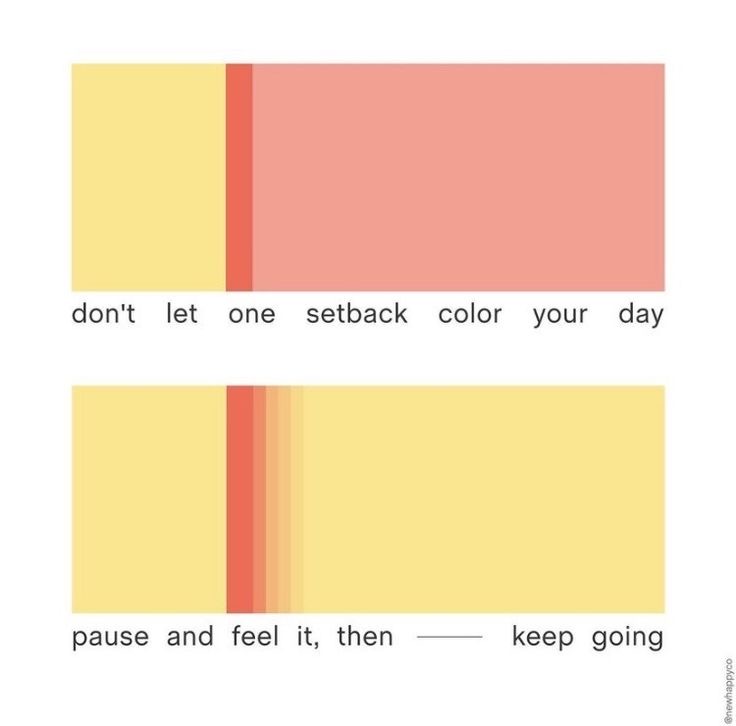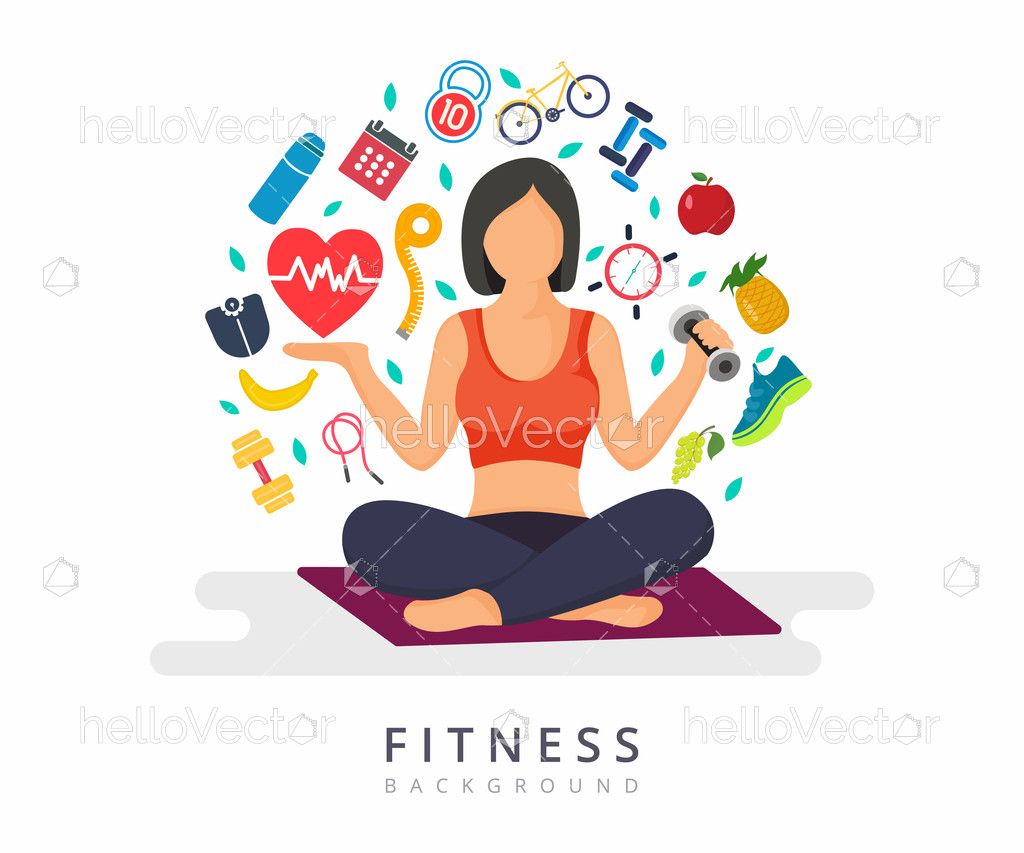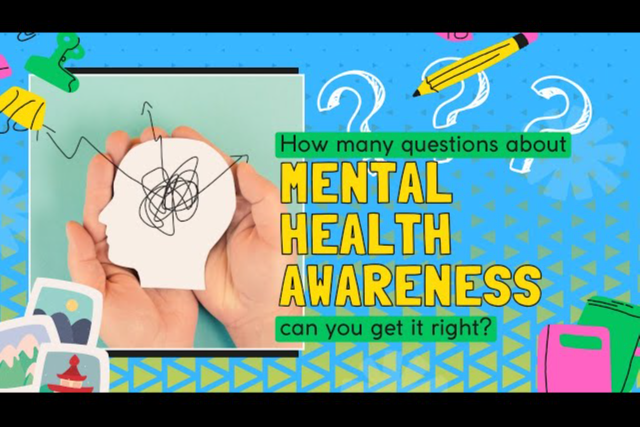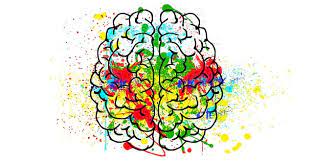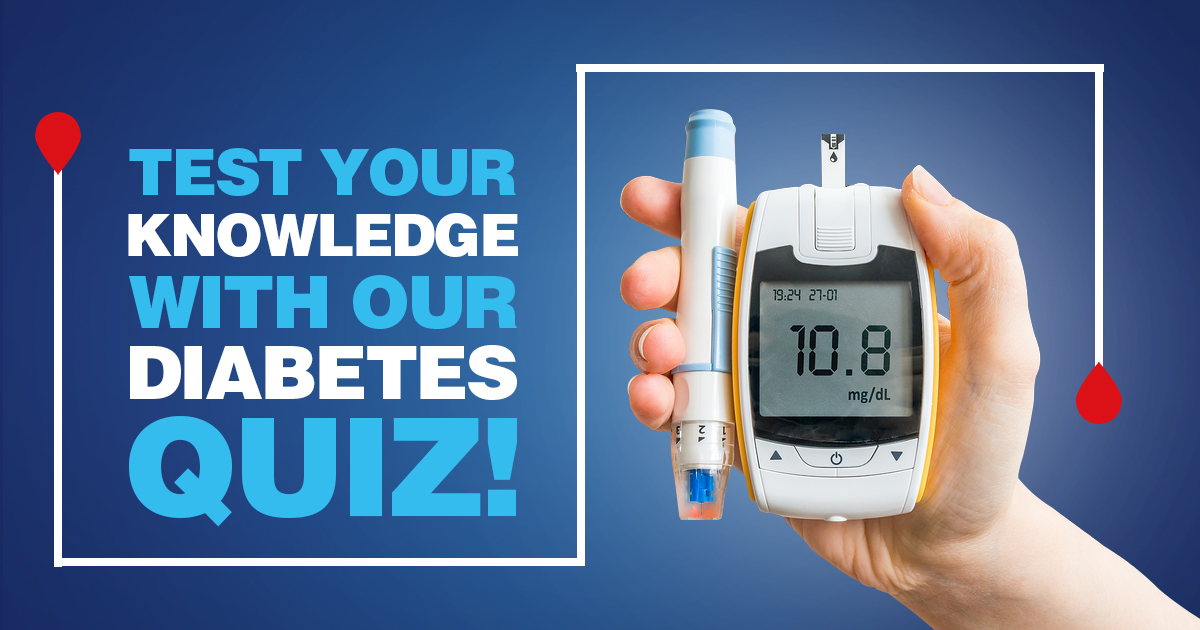Mental Health Quiz (30 Mental Health Trivia Questions & Answers)
T
TriviaCreator@triviacreator
Created on:
Jan 19, 2024
Duration:
15 minutes,
Category:
Questions:
30 questions
Average Score:
13/30
Players:
1,257
Language:
English
Recent Top Players 🔥
30 Trivia Questions and Answers
More Quizzes
Explore Quizzes
Comments
( )
